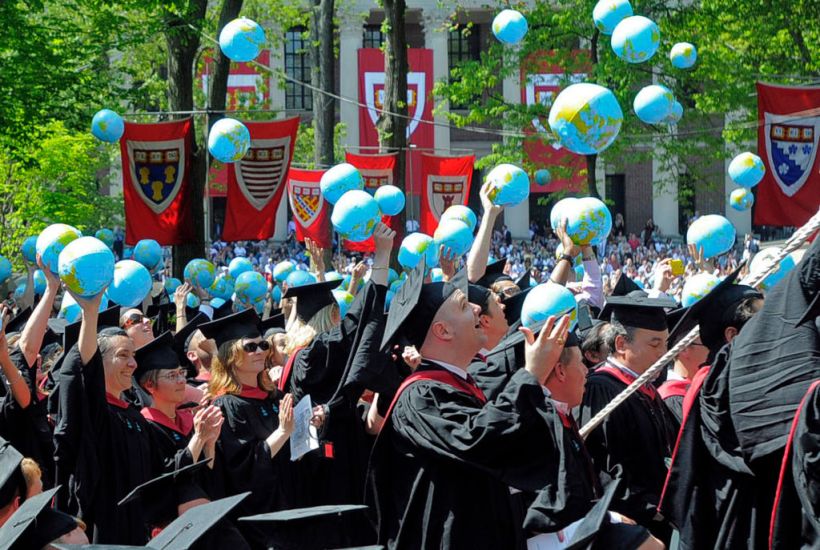Harvard may have a slightly more difficult time poaching black students from Boston College, Miami University of Ohio, or other less elite schools in the wake of the Supreme Court’s decision invalidating Harvard’s racial admissions regime. Recruiters from BlackRock and Goldman Sachs may have to suffer the indignity of recruiting their black employees from the University of Connecticut or Rice University, rather than from Stanford and Yale.
Already a subscriber? Log in
Subscribe for just $2 a week
Try a month of The Spectator Australia absolutely free and without commitment. Not only that but – if you choose to continue – you’ll pay just $2 a week for your first year.
- Unlimited access to spectator.com.au and app
- The weekly edition on the Spectator Australia app
- Spectator podcasts and newsletters
- Full access to spectator.co.uk
Or




















Comments
Don't miss out
Join the conversation with other Spectator Australia readers. Subscribe to leave a comment.
SUBSCRIBEAlready a subscriber? Log in